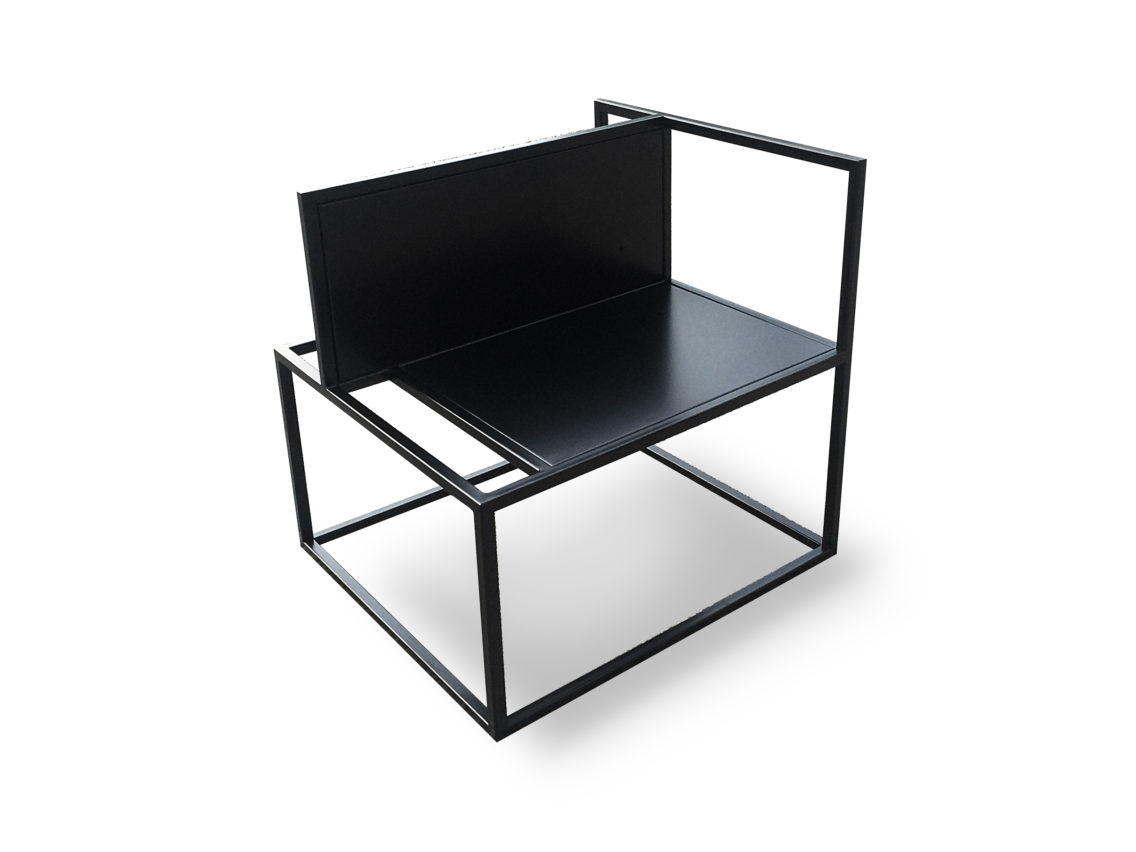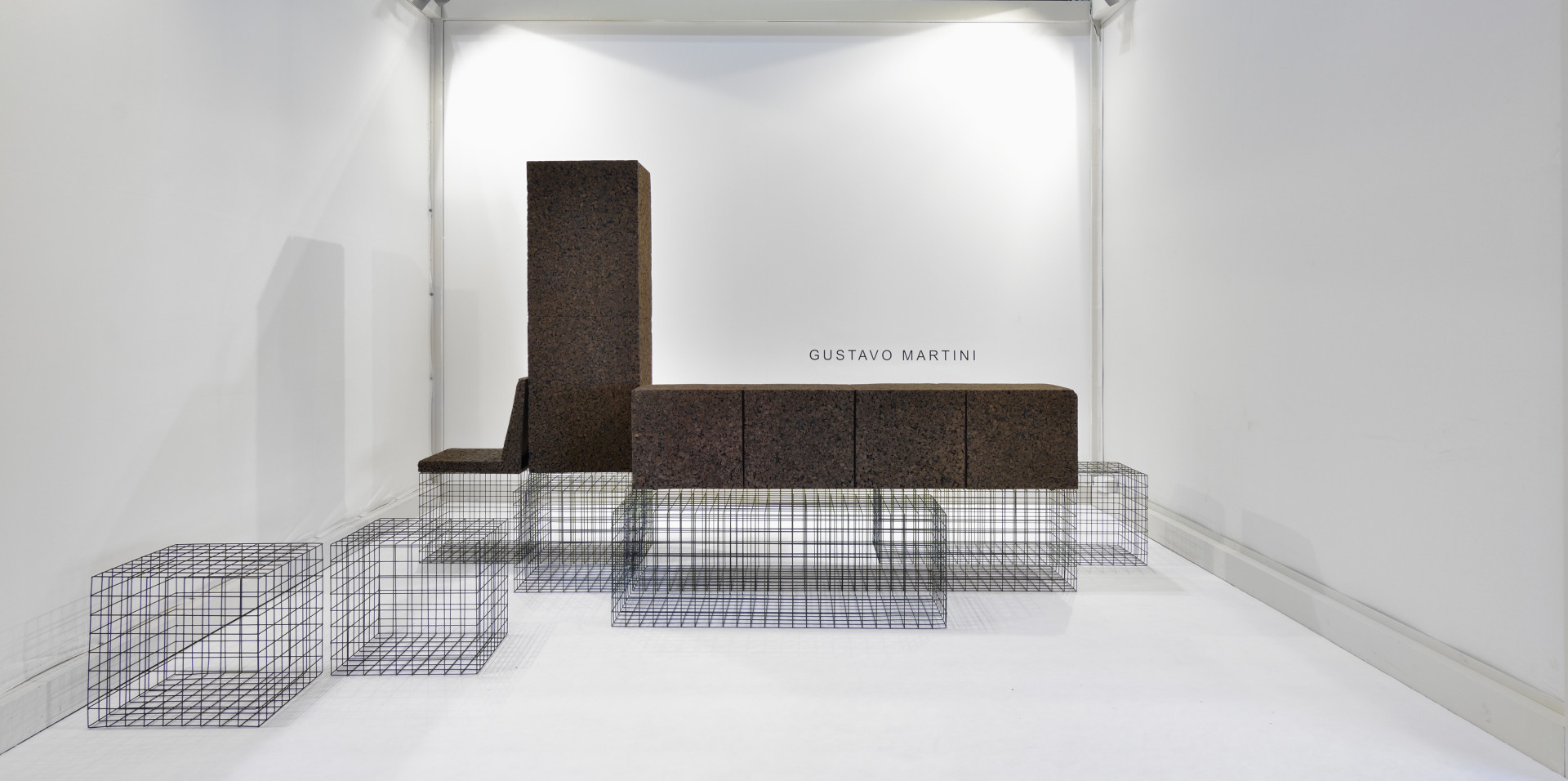Born in Rio de Janeiro in 1987, graduated in Industrial Design at PUC-Rio University, Gustavo Martini is getting attention from the market as a promise in Brazilian furniture design. His interest in arts started in his childhood, with drawings, paintings and construction toys that naturally became his profession. In college, he was one of the founders of the Expo Design, an annual fair that promotes the products of design students, and also took part in other events, such as the Architecture and Design Week, held also at PUC-Rio. During his very first year as a professional, he managed to be one of the finalists of the IF award and won the Idea Brazil award for his Woody Tricycle, developed when he was still in college. His greatest passion is to create, with no obligations and with all the freedom he can get. In the warmth of his studio at Jardim Botânico, a charming neighbourhood in Rio de Janeiro surrounded by nature, Martini used to spend many afternoons exploring concepts, playing with shapes, creating a sort of stripped experimental design. With a strong identity, he has the ability to produce both conceptual products, for limited series, or products for large scale production. Now, Gustavo Martini lives in Milan after a Master graduation in Italian Product Design at Istituto Marangoni.

EDGE CHAIR
70 x 65 x 70 cm
EDGE
The concept of the project started with a personal point of view, where the author considers the primary act of drawing as an essential step in the design process. The research was based in this moment which dwells in the transition between the imaginary and the execution. In response to these thoughts was developed the idea of a black line made by a pen fi lling the paper with a graphic grid, and by the act of painting some spaces between the rows to create surfaces.

THE GROVE, 2017 © GUSTAVO MARTINI
THE GROVE
Every time that Martini visits his hometown, he seeks to see it from a different perspective and tries to focus on subjects that are apparently simple but instead, represent the contrast that he is always looking for. The project is inspired by the current urban landscapes, which the desire to bring more green to the cities, creates this panorame replete of trees that illustrate this scenario where the buildings seams to be immersed in those natural patterns. The development of the collection focused on this scene where the treetop line divides the buildings to create a furniture family, where the half top is made of cork and the lower part is made of an structural grid. When seen all together, it’s possible to perceive the work horizontal orientation.
REQUEST INFO